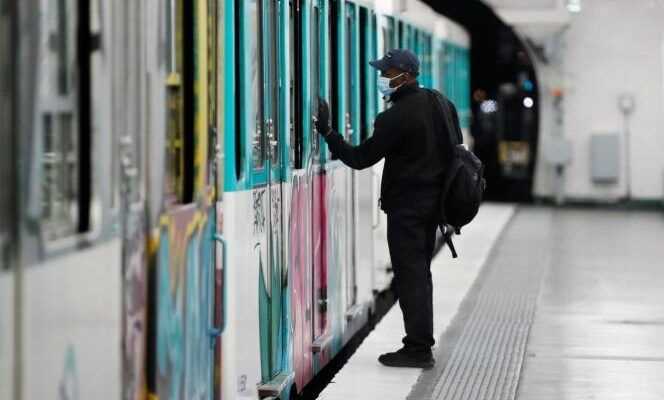To analyse. It is one of the spearheads of French excellence. Urban public transport is one of the country’s strengths. It has generated French champions – Keolis-SNCF, Transdev, RATP Dev – which operate on five continents. Their know-how, which is based in particular on one of the oldest and densest networks in the world, that of the Paris region, is everywhere watched, spied on, copied. However, the sector is experiencing one of the most profound upheavals in its history, linked to the Covid-19 pandemic. We are witnessing a major reconsideration of its mode of operation and its financing.
The lasting symptom of the problem is first and foremost a persistent disaffection on the part of users for buses, trams, subways, regional and suburban trains. A recent study confirms this: 40% of the inhabitants of cities with more than 50,000 inhabitants say they do not use public transport regularly this year, The 2021 Mobility Observatory tells us set up by the Union of Public and Rail Transport (UTP), the employers’ organization in the sector.
This is the highest rate of disaffection since the Observatory has existed, up 13 points compared to 2019, which was the best year for public mobility. This figure is lower in Ile-de-France (25%), but, again, sharply increasing – it was 15% in 2019. The target attendance figures more or less confirm this state of affairs in the first half of 2021 ( 58% of normal in Paris, 74% in the region), even if we recorded a better in the third quarter (77% in Paris, 78% in the region).
New ways of getting around
The reasons for this exile of users – the study confirms – are both the fear of contamination and changes in habits, due in particular to the introduction of teleworking. The people questioned consider that public transport is the place where one is most contaminated, before bars, family meals or sports halls. Epidemiological work does not point the finger as much to public transport, but a recent survey by the Institut Pasteur still places them among the risk areas. A need for less mobility also largely explains the flight of passengers. When we ask them why they took less transport, they answer first “Because I move less” (56%), ahead“I’m afraid of being contaminated” (32%).
Stricken with decline for thirty-six months, urban public transport is also affected in its economic model. The UTP calculated that the crisis had generated 2.8 billion euros in losses since 2020 (1.6 billion last year, 680,000 this year), two-thirds of which in Ile-de-France. And it is not so much the transport companies that are suffering as their clients, the authorities organizing mobility (AOM), such as Ile-de-France Mobilité in the capital region. AOMs finance transport and collect revenues, which are of two kinds: a corporate tax, called a “mobility payment”, and tickets paid by travelers. It is above all the latter that are lacking in 2021.
You have 44.75% of this article left to read. The rest is for subscribers only.
